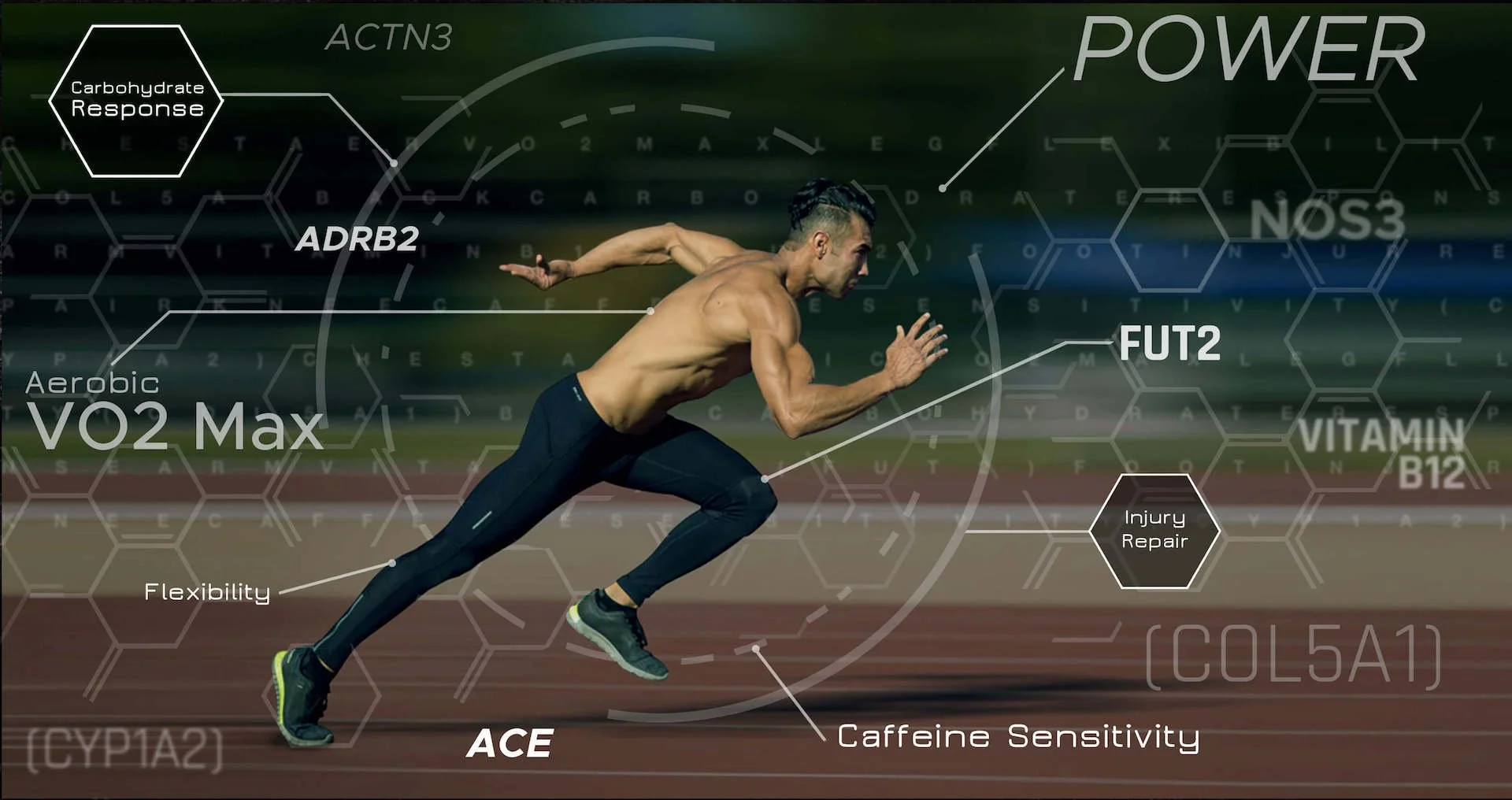Golf conditioning is here and now! Golf has always been viewed as a game of leisure. But today’s golfer is leaner, stronger, and fitter. Until the last 10 years, golfers didn’t know how to go about incorporating exercise or, specifically, a golf conditioning program.
They have had a vision of going into the local gym and being intimidated by the “muscle heads.” It can also be overwhelming to decide what plan of action to take and if it will be worth the time and effort. I have listed three myths about strength training for golf and the truths about them as well.
“I will bulk up too much and that will hinder my golf swing.”
Golf conditioning specific for golf will not result in muscle gain that will alter your swing mechanics. To increase muscle size, involves lifting increasingly heavier weights with lower repetitions, increasing your calorie intake dramatically, and spending a couple of hours per day lifting weights.
A golf conditioning program incorporates moderate weight, with medium (12-15) repetitions, and in a time frame of 30-45 minutes. This type of program is designed to improve your golf specific strength and endurance, not build muscle.
“I will lose flexibility if I lift weights.”
In fact, the opposite is true! Weak muscles are also tight muscles. When you do resistance training, you are increasing blood flow, working through a functional range of motion specific to golf, and strengthening the tendons and ligaments in every joint of your body. In conjunction with a stretching program, strength training will improve flexibility, not hinder it.
“Weight training will cause me to lose feel.”
By strengthening your muscles specific to golf, you will have better control of your body. A sport specific program trains your body specifically for your golf game. When you improve functional strength, you have more control and balance, which will improve your feel. Strength training involves body awareness, muscular control, and coordination. These are all key elements for enhanced golf.
So in summary, golf conditioning can be done when you are in your early teens (with supervision), or into your late 80’s. My point is, that it is never too late to start. Search out a fitness professional or golf conditioning specialist to design a golf specific program. In due time, you will play better than you ever imagined! Start now on your own personal golf conditioning program with Push and Pull Performance™.




